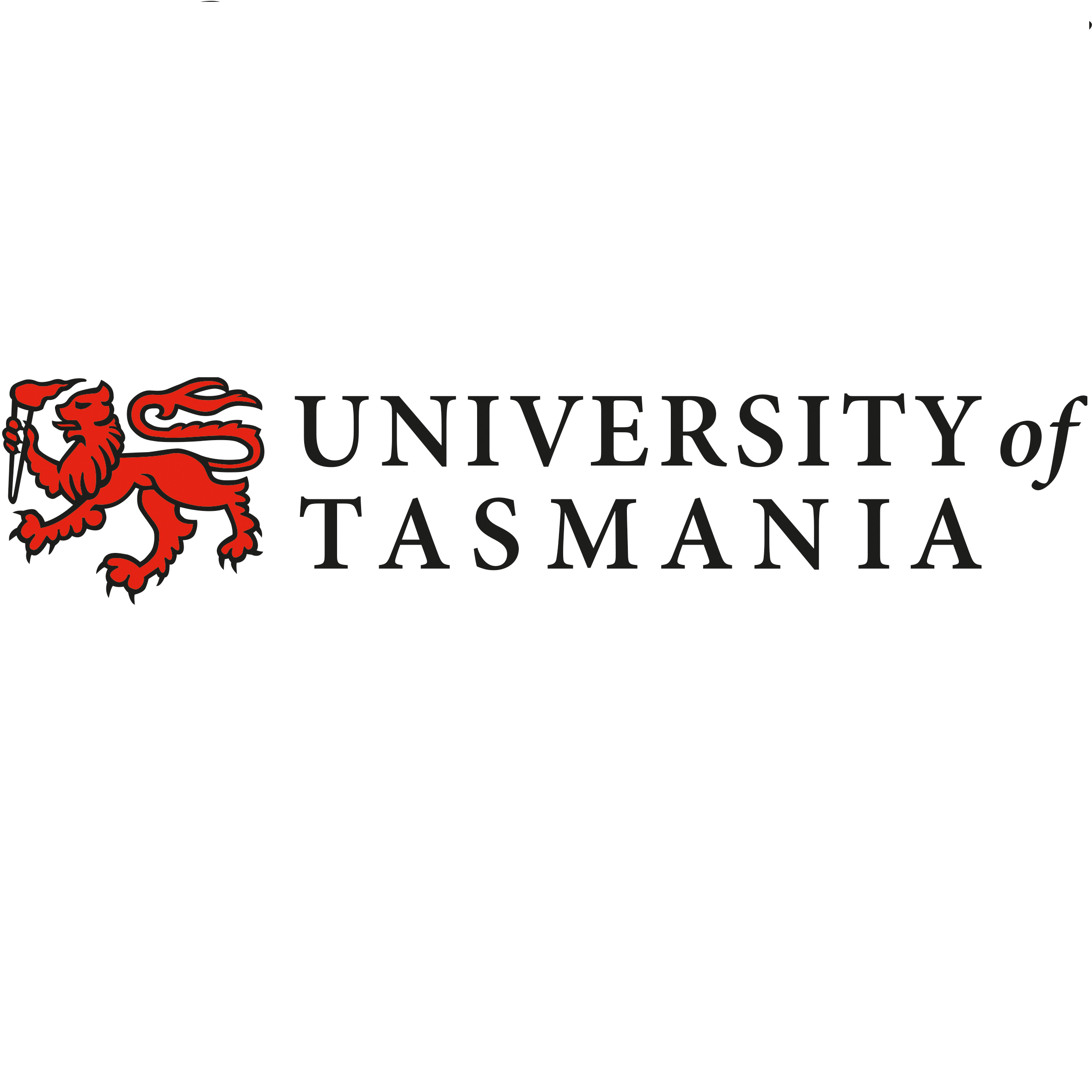Full description
Interaction uncertainties between tidal energy devices and marine animals have the potential to disrupt the tidal energy industry as it advances. Best-practices for environmental impact assessments (EIAs) must be explored that are able to provide conclusive recommendations for mitigating environmental impact concerns of tidal energy developments. As the tidal energy industry is moving closer to commercial-scale array installations, the development of standardised EIAs would allow for potential impact concerns for the marine environment to be identified and minimised early in the site-development process. In an effort to help formulate a standardised EIA framework that addresses knowledge gaps in fish-current interactions at tidal energy candidate sites, this study investigated changes in fish aggregations in response to tidal currents at a tidal energy candidate site in Australia prior to turbine installation. Here, we present the dataset collected for this study that includes tidal current information from Acoustic Doppler Current Profiler (ADCP) measurements, volume backscattering strength from a four-frequency biological echosounder (Acoustic Zooplankton and Fish Profiler – AZFP) as an indicator for fish biomass, and fish aggregation metrics calculated from volume backscatter in post-processing. ADCP and AZFP were installed on a bottom-mounted mooring and engaged in a concurrent sampling plan for ~2.5 months from December 2018 to February 2019. The mooring was deployed in the Banks Strait, a tidal energy candidate site located in the northeast of Tasmania, Australia, at a location favourable for tidal turbine installations considering current speed, depth, substrate, sediment type and proximity to shore. The ADCP dataset includes current velocity and direction measurements at a 1 m vertical and 1-sec time intervals. The raw AZFP dataset includes volume backscattering strength collected at 4-sec time intervals with a vertical resolution of 0.072 m in raw, and 0.1 m in pre-processed form. Fish aggregation metrics were derived in post-processing and are presented by the minute along with corresponding environmental conditions for current speed, shear, temperature, diel stage, and tidal stage compiled from both AZFP and ADCP datasets.Lineage
Maintenance and Update Frequency: asNeededNotes
CreditWe acknowledge the support of Camille Couzi, Dr Jean-Roch Nadar, Dr Haley Viehman and the Dell Richey II crew. This project is co-funded by the Australian Renewable Energy Agency (ARENA) through the Advancing Renewables Programme (grant G00902), the Australian Maritime College (University of Tasmania), the University of Queensland, CSIRO, our industry partners MAKO Tidal Turbines and SIMEC Atlantis Energy, and our international collaborators Prof. Richard Karstens from Acadia University, Canada, and Dr Matt Lewis from Bangor University, UK.
Data time period: 2018-12-06
text: westlimit=148.12276; southlimit=-40.68906; eastlimit=148.12498; northlimit=-40.68813
text: uplimit=29; downlimit=27
User Contributed Tags
Login to tag this record with meaningful keywords to make it easier to discover
(DATA ACCESS - file directory [browse and download individual files])
(DATA ACCES - AZFP - (.zip file) [warning: 22GB])
(DATA ACCES - ADCP - (.zip file))
- global : 5d8d465d-a7a8-4d45-a08b-d89c942244bb


